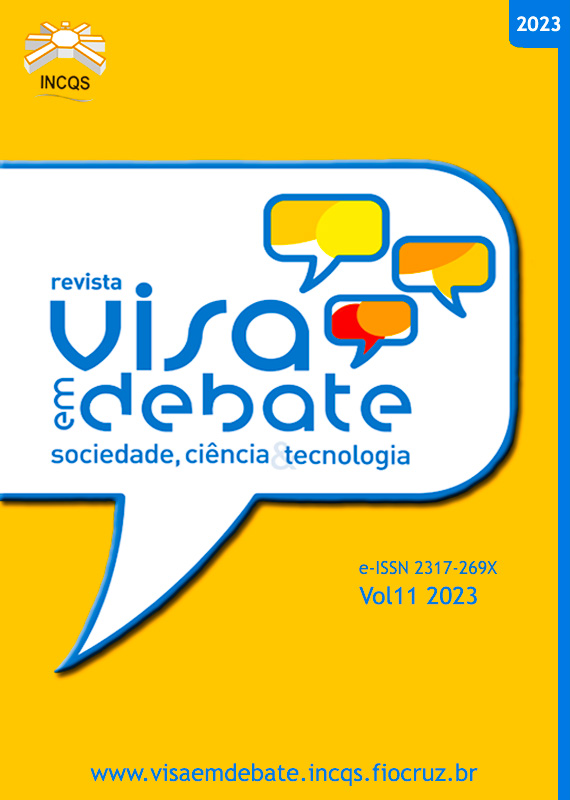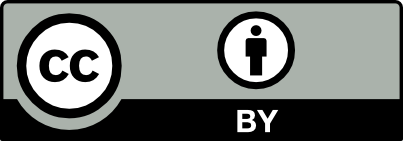Potency evaluation of unfractionated heparins commercialized in Brazil through anti-factor Xa and anti-factor IIa chromogenic tests and coagulation assay
Vigil Sanit Debate, Rio de Janeiro, 2023, v.11: e01923 | Published on: 11/05/2023
DOI:
https://doi.org/10.22239/2317-269x.01923Keywords:
Heparin, Anti-factor Xa Assay, Anti-factor IIa Assay, Quality Control, Human HealthAbstract
Introduction: Heparin is a drug that has anticoagulant activity, binding to antithrombin and accelerating the rate of inhibition of several proteases involved in the coagulation process. In the 2000s, the world market faced a troubled period regarding heparins after reports of allergic reactions and deaths caused by its use, requiring more rigorous quality control. Objective: The main goal of this work was to perform quality control of unfractionated sodium heparins of porcine origin commercialized in Brazil and heparin raw material on a dry basis, of both porcine and bovine origin, through potency assays. Method: Sixty-four samples of the final product (commercialized) were analyzed: 39 of brand A and 25 of brand B, and six samples of raw materials. Samples were assayed through anti-factor Xa and anti-factor IIa, according to United States Pharmacopeia (USP), and coagulation assay, described in the 5th edition of Brazilian Pharmacopeia (BP). Results: In the present study, 40 heparin samples were approved in all potency assays, while 24 samples were non-approved, 23 of brand A and one of brand B. All samples of porcine-origin raw materials were considered approved, while the three of bovine origin showed lower potency. Conclusions: Almost all non-approved samples presented potency above 110%, which may represent a bleeding risk for patients. Thus, it is necessary to monitor the quality control of heparins and assess the clinical condition of patients undergoing their use to identify and reduce risks and safeguard public health.
Downloads
Published
Issue
Section
License
Copyright (c) 2023 Renata Jurema Medeiros, Nathália Pessoa Gonçalves, Magno Maciel Magalhães, João Ferreira Martins, Tiago Savignon Cardoso Machado (Autor)

This work is licensed under a Creative Commons Attribution 4.0 International License.
COPYRIGHT ALLOWANCE The author (s) hereinafter designated as the ASSIGNOR hereby assign and transfer, free of charge, the ownership of the copyrights related to this ARTICLE to the Vigilância Sanitária em Debate: Sociedade, Ciência & Tecnologia (Health Surveillance under Debate: Society, Science & Technology) – Visa em Debate, represented by FUNDAÇÃO OSWALDO CRUZ, established at Av. Brasil, nº 4365, Manguinhos, Rio de Janeiro, RJ, Brazil, CEP 21045-900, under the conditions set out below: (a) The terms and conditions set forth in this Agreement shall apply to the following: 1. The ASSIGNOR declares that they s(he) is (are) the author (s) and owner (s) of the copyrighted property of the ARTICLE submitted. 2. The ASSIGNOR declares that the ARTICLE does not infringe the copyrights and / or other property rights of third parties, that the disclosure of images (if any) has been authorized and that they s(he) assume(s) full moral and / or property liability for its content, before third parties. 3. THE ASSIGNOR assigns and transfers all copyrights relating to the ARTICLE to the ASSIGNEE, especially the rights of editing, publication, translation into another language and reproduction by any process or technique. The ASSIGNEE becomes the exclusive owner of the rights related to the ARTICLE, and any reproduction, totally or partially, is prohibited in any other means of publicity, printed or electronic, without prior written authorization from the ASSIGNEE. 4. The assignment is free and, therefore, there will be no remuneration for the use of the ARTICLE by the ASSIGNEE.







